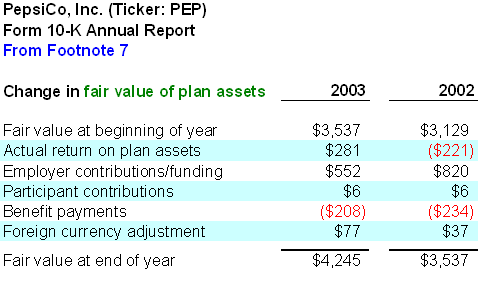Investopedia A Look At The Airline Industry
Post on: 20 Июнь, 2015 No Comment

Research these Stocks on Kapitall’s Playground Now
By Manish Sahajwani, Investopedia: In November 2011, American Airlines parent company, AMR Corporation (NYSE:AAMRQ.PK ) filed for bankruptcy. despite a rather valiant attempt at recovery by its Chairman and CEO Gerard Arpey, after taking over from CEO Donald Carty in 2003. American Airlines could not stay competitive, as it was burdened expensive labor contracts, volatile fuel costs and the need for a new fleet. It, along with other major carriers, had been facing a general trend of lower customer demand post 9/11, which looks to deepen further by the persistent global financial crisis. CEO Arpey retired from AMR convinced that the new chairman and CEO Tom Horton would need to restructure American Airlines with a free hand.
Cuts, Layoffs and Reductions
Bankruptcy filings by Americans competitors have helped them become more cost effective. For example, United cut its fleet by about 8%, laid off 30% of its employees, terminated pensions, reduced wages of its existing employees by about 35% and cut overall expenses by $7 billion. United then merged with Continental to become Americas number one airline.
Delta Airlines, which filed for bankruptcy in 2005, reduced its fleet size by 11%, employees by 17% and terminated its pension plans for pilots. It later merged with Northwest, which had filed for bankruptcy in 2005, reduced its capacity by 6% and laid-off 17% of its employees. Northwest also reduced wages, which hit its mechanics particularly hard, by 41%. The Delta-American combine stands second, today.
American, with its pension plans and large workforce, was unable to stay cost-effective in comparison to its competition. American Airline employees have braced for a loss of jobs; around 13 million of its current and retired employees could be affected by the bankruptcy.
By filing for bankruptcy, American was hoping to reduce costs and spend its money on newer, larger airplanes from Boeing and Airbus, which would subsequently reduce the size of its existing fleet. American is replacing its existing MD-80 aircrafts with Boeing 737s and new interiors. Between 2007 and 2011 American airlines has spent $5.5 billion in purchasing new aircrafts and upgrading facilities and on-board experience. American is also ordering Airbus narrow body planes. (For more on analyzing airline stocks, read Is That Airline Ready For Lift-Off? )
Rerouting
Domestic routes are ruled by local players and margins are low. Southwest Airlines, JetBlue Airways, AirTran and Alaska Air are all low-cost domestic carriers fitting into a space that is becoming unviable for legacy players to play in. These domestic carriers usually have one type of aircraft, outsource maintenance, use lesser used airports (thus reducing landing costs) and encourage direct booking online to reduce intermediary costs. For these reasons, domestic route players are primarily becoming hub feeders.
Large airlines are moving towards predominantly flying on international routes. Unfortunately, with the economic downturn in Europe, major carriers are staring at big losses in this supposedly premium segment. Furthermore, since legacy players use prime airports where landing costs are far higher, they are at a further disadvantage.
In addition to the large airlines, there are the low-cost air carriers that fly on international routes. These carriers offer much cheaper prices with no frills; they usually fly point-to-point and tickets are booked only through the Internet. They save money by using secondary, lower costing airports, enforce strict baggage weight restrictions and have customers move their own luggage between connecting flights. They also have no on-board entertainment and schedules are subject to change at anytime. These carriers work well for budget travelers who simply want to get to their destination and arent as concerned with luxury and comfort during traveling.
The Bottom Line

The American airline industry is expected to earn $2 billion in 2011, according to the International Air Transport Association. While most of the legacy airlines have now evoked Chapter 11 to renegotiate labor contracts, the fact still remains that these airlines need to address basic issues like mishandling of baggage, arriving on time and being sensitive to different customer needs (disability, toddlers etc.). Customers do not expect the world when they travel, but they do expect their baggage to arrive with them and be treated courteously. Airline companies need to focus as seriously on generating revenues through positive customer experience as they do on keeping a lid on costs.
ABOUT US
Kapitall. Inc. All rights reserved. Kapitall Wire is a division of Kapitall, Inc. Kapitall Generation, LLC is a wholly owned subsidiary of Kapitall, Inc.
Kapitall Wire offers free cutting edge investing ideas, intended for educational information purposes only. It should not be construed as an offer to buy or sell securities, or any other product or service provided by Kapitall Inc. and its affiliate companies.
Open a free account today get access to virtual cash portfolios, cutting-edge tools, stock market insights, and a live brokerage platform through our affiliated company, Kapitall Generation, LLC.
Securities products and services are offered by Kapitall Generation, LLC — a FINRA / SIPC member.














